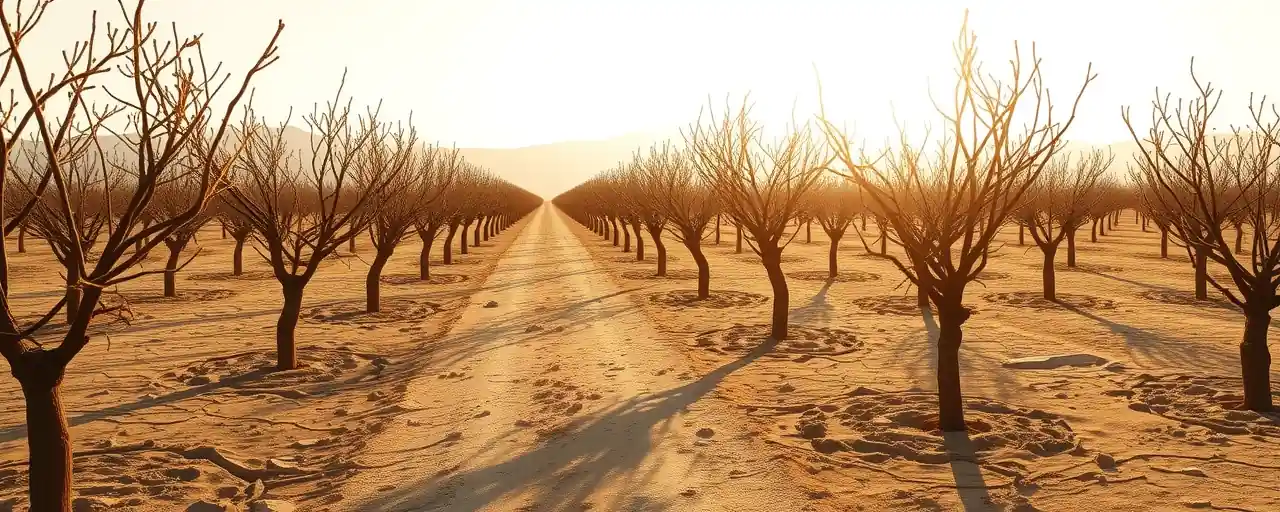California’s Water Crisis Comes Into Focus
California’s water system is stretched thin. Reservoirs and canals, built for a different era, can’t keep up with today’s climate realities. Hotter years shrink the Sierra Nevada snowpack, leaving less water for farms, cities, and ecosystems. When heavy storms hit, like last year’s atmospheric rivers, aging infrastructure lets much of that water escape to the sea. For a state where water fuels everything from almond orchards to urban growth, these gaps are impossible to ignore.
The Delta Conveyance Project, a proposed 45-mile tunnel, aims to address this by rerouting water from the Sacramento River to Southern California and beyond. Backed by state water agencies and business leaders, it promises to secure supplies for 27 million people and vast farmlands. However, environmental groups, tribal communities, and some legislators argue it could damage the Sacramento-San Joaquin Delta’s ecosystems and local livelihoods. This tension defines the project’s path forward.
At its core, this debate is about preparing for a future with less predictable water. Governor Gavin Newsom’s push to speed up the project has sparked a broader conversation about balancing human demands with the health of California’s natural systems. The stakes are high, and the choices made now will ripple for decades.
How the Delta Conveyance Project Works
The Delta Conveyance Project is designed to modernize the State Water Project, a sprawling network of dams and aqueducts that moves water across California. The tunnel would divert water from the Sacramento River, bypassing the Delta’s aging levees, which face risks from earthquakes and sea-level rise. State officials say it could capture enough water in wet years to serve 9.8 million people annually, countering a projected 10% loss in water supply due to climate change by mid-century.
In May 2025, Governor Newsom proposed legislation to streamline the project’s approvals. The plan cuts permitting delays, limits judicial challenges, and speeds up land purchases, potentially saving $365 million yearly and billions over the $20 billion project. Leaders from water agencies, like the Metropolitan Water District and Kern County Water Agency, support these changes, stressing the need for reliable water to sustain communities and agriculture.
Concerns persist about the project’s impact. The Delta, a critical estuary, is home to endangered species like the Delta smelt and supports local farmers. Environmental advocates argue that diverting water could harm wildlife and reduce water quality for Delta residents. Tribal groups and lawmakers, citing the 2009 Delta Reform Act’s call for ecosystem protection, demand more thorough impact studies to ensure the project doesn’t favor urban needs over rural ones.
Who’s Saying What About the Project
Those in favor highlight the project’s urgency. Water agency leaders, such as Jennifer Pierre of the State Water Contractors, say streamlining approvals will save time and money while securing water supplies. Business organizations, like the California Chamber of Commerce, underscore the economic benefits, noting that stable water supports jobs and growth. Community advocates, including Rick Callender of the California Hawaii State Conference NAACP, emphasize that reliable water is vital for underserved communities facing drought’s worst impacts.
Opponents, including the Sierra Club and Restore the Delta, argue that rushing the project overlooks serious risks. They point to the Delta’s role as a biodiversity hub and warn that the 2023 environmental review downplays harm to fish and local water supplies. Lawmakers like Senator Jerry McNerney push for stronger safeguards, while Delta residents fear their needs are being sidelined for Southern California’s benefit. Past projects, like the 1980s Peripheral Canal, faltered under similar disputes, showing how hard consensus can be.
Everyone agrees California’s water system needs an upgrade. The challenge lies in aligning the project’s goals with the state’s commitment to environmental and community health. Finding that balance will determine whether the Delta Conveyance Project moves forward or stalls.
Charting a Path Forward
The Delta Conveyance Project fits into a broader effort to rethink water management. Regional strategies, like those in the Sacramento Valley, prioritize recycling, groundwater recharge, and habitat restoration alongside big infrastructure. National trends, such as the 2021 Infrastructure Investment and Jobs Act, show that streamlining approvals can coexist with environmental protections, but it takes precision. The U.S. EPA’s 2025 permitting reforms, balancing speed and pollution controls, offer a model for California to consider.
Legal hurdles loom large. Environmental lawsuits could slow progress, even with faster permitting. Meanwhile, water agencies are lining up funds, with the Metropolitan Water District backing final planning in December 2024. The project’s success depends on addressing these challenges while fostering public trust through open dialogue.
California faces a defining moment. The Delta Conveyance Project could ensure water for millions, but only if it respects the Delta’s ecosystems and the communities tied to it. Bridging these priorities requires not just engineering solutions, but a commitment to listening and adapting, so every drop serves the state’s shared future.
